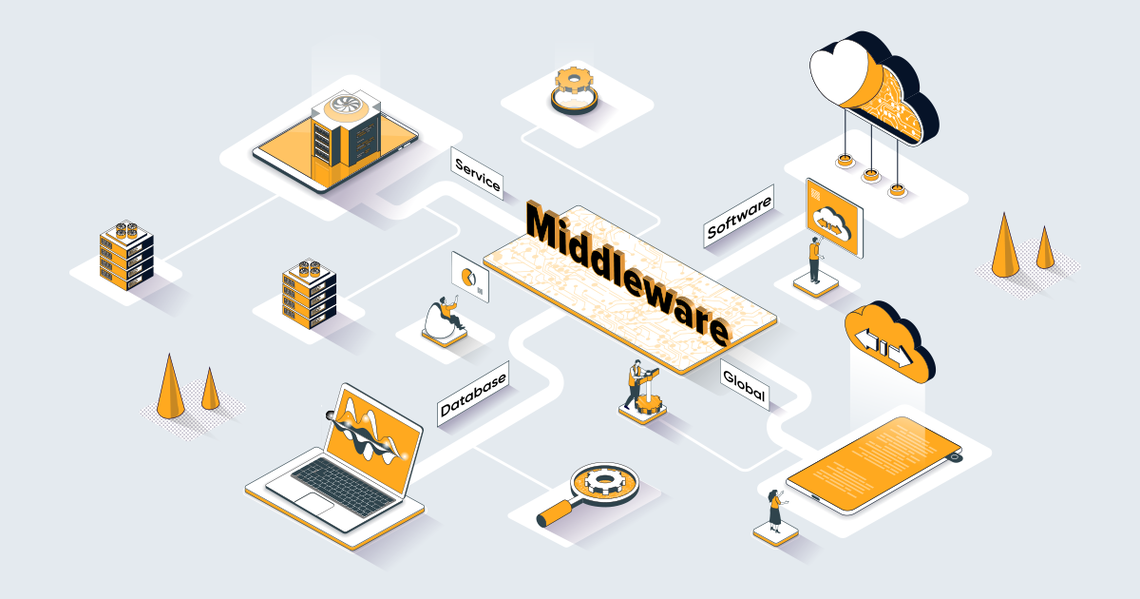
The Huawei-Google relationship has been a focal point of the tech industry for years, with the Chinese tech giant’s inability to integrate Google Play Services into its smartphones due to trade restrictions. This has forced Huawei to explore alternative solutions for its app ecosystem. In this article, we’ll explore the challenges and progress made by Huawei in establishing its own app ecosystem in the absence of huawei google play services.
The Google Play Services Ban
In 2019, the U.S. government imposed a trade ban on Huawei, restricting its access to Google services, including the Google Play Store, Google Maps, and Gmail, among others. This meant that Huawei’s smartphones could no longer offer these essential services to their users, significantly affecting their appeal in international markets.
Read Also: Enhancing State Management with Redux Middleware
Huawei’s Response Huawei Mobile Services (HMS) Ecosystem
To overcome these challenges, Huawei introduced its alternative to Google Play Services, known as the Huawei Mobile Services (HMS) ecosystem. HMS includes various components like the Huawei AppGallery (app store), Huawei Mobile Cloud, Huawei Assistant, and more. Huawei’s goal was to create a comprehensive ecosystem that could replace Google’s offerings.
Read Also: Optimizing Next.js Applications with Next.js Middleware
Challenges Faced by Huawei
- App Availability: One of the primary challenges for Huawei has been attracting developers to create apps for the Huawei AppGallery. While the AppGallery has grown substantially since its inception, it still lags behind the Google Play Store in terms of app availability.
- App Quality: Ensuring that apps on the AppGallery are of high quality and free from malware is crucial. Huawei has faced scrutiny in this regard and has implemented rigorous review processes to maintain app quality and security.
- Lack of Google Services: Some users have found it challenging to adjust to a Huawei smartphone without Google services, particularly if they rely heavily on apps like Gmail, Google Maps, and YouTube.
Read Also: Unlocking the Power of Retevis Programming Software Streamlining Two-Way Radio Configuration
Huawei’s Progress
Despite these challenges, Huawei has made notable progress in building its app ecosystem:
- Developer Incentives: Huawei has offered incentives to developers to create and optimize their apps for the HMS ecosystem, including financial incentives and marketing support.
- AppGallery Growth: The Huawei AppGallery has seen substantial growth, with millions of apps now available. Huawei has also established partnerships with various global and local app developers to expand its app library.
- Self-Developed Apps: Huawei has developed its suite of apps, such as Huawei Browser, Huawei Music, and Huawei Assistant, to provide alternatives to Google services.
The ban on Google Play Services has presented Huawei with significant challenges, but the company has shown determination in building its own ecosystem. While it may take time for Huawei to fully replace Google’s services and regain its position in international markets, the progress made with the Huawei Mobile Services ecosystem and AppGallery is noteworthy.
As Huawei continues to invest in its app ecosystem, it will be interesting to see how users and developers respond to the alternatives provided by the Chinese tech giant. The competition between Huawei’s HMS ecosystem and Google’s services will likely shape the future of the mobile technology landscape.



